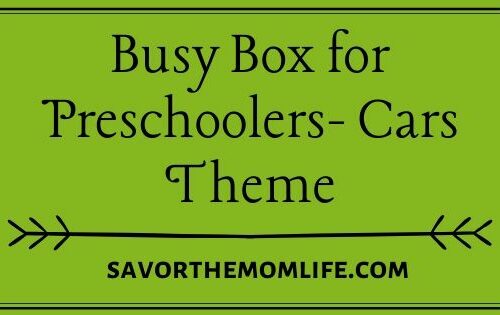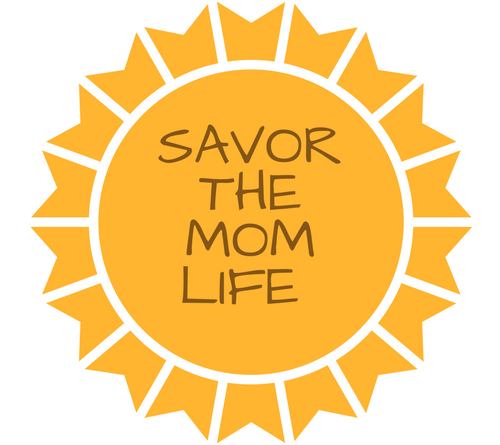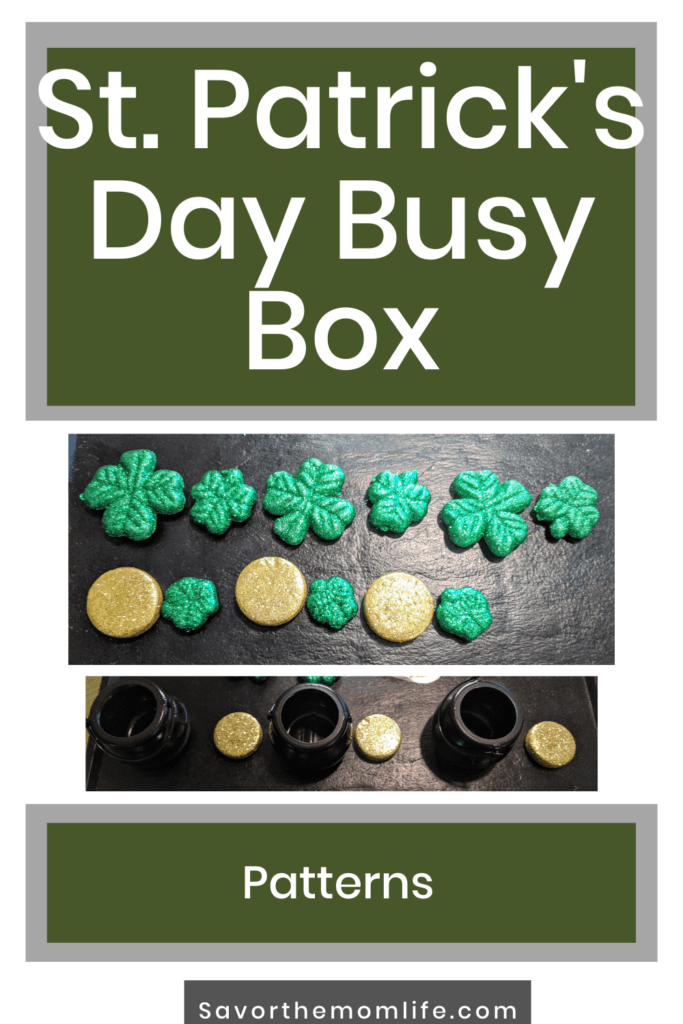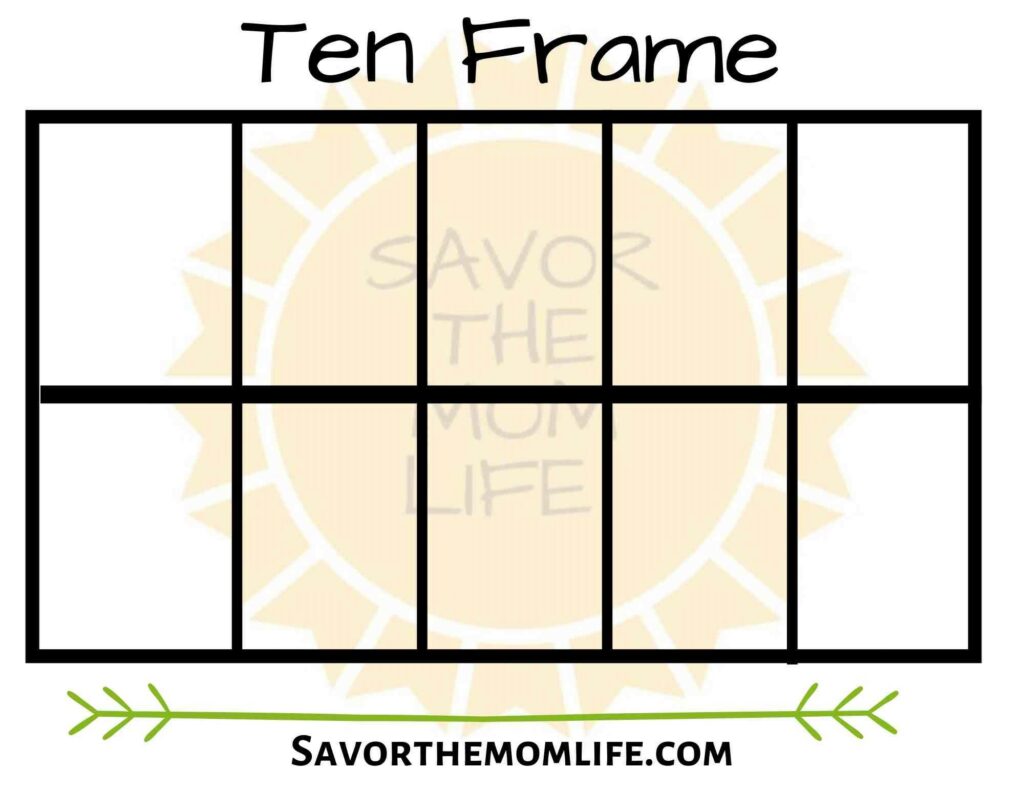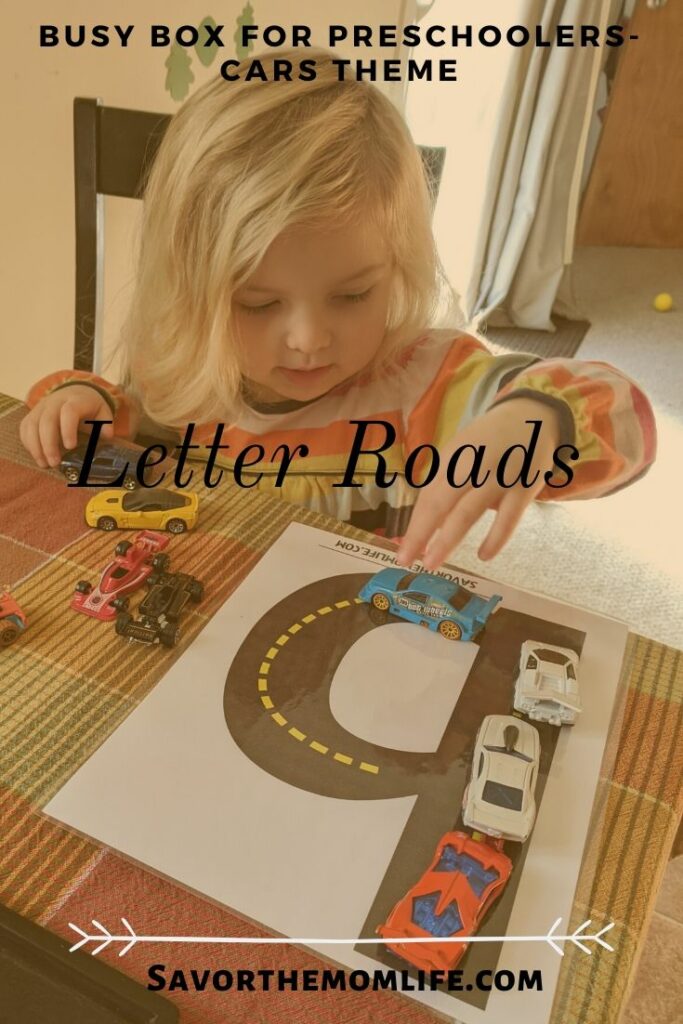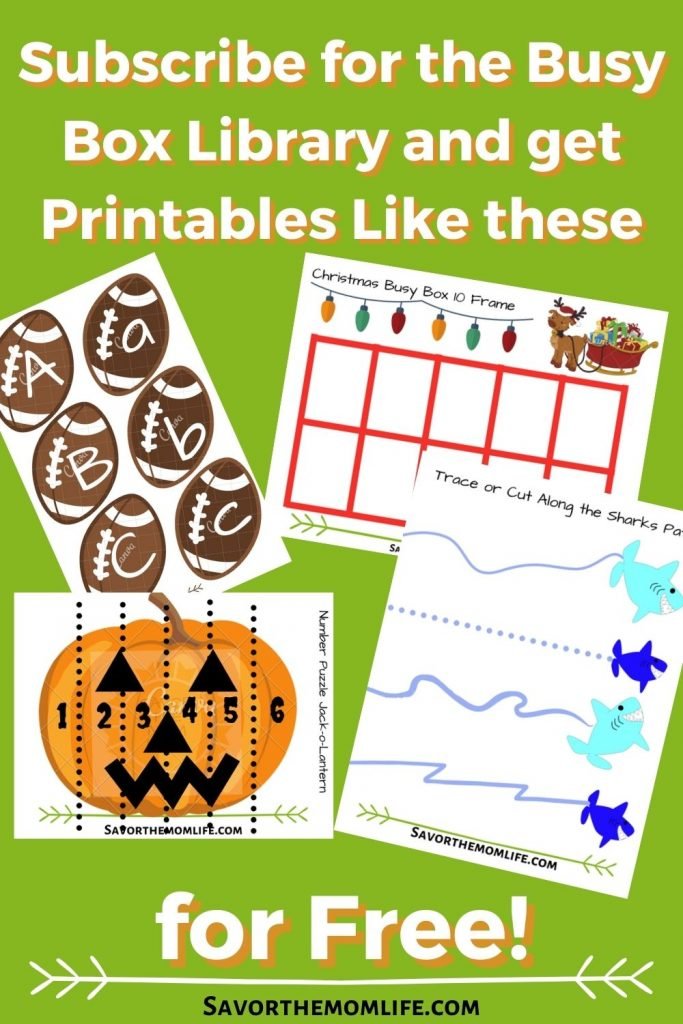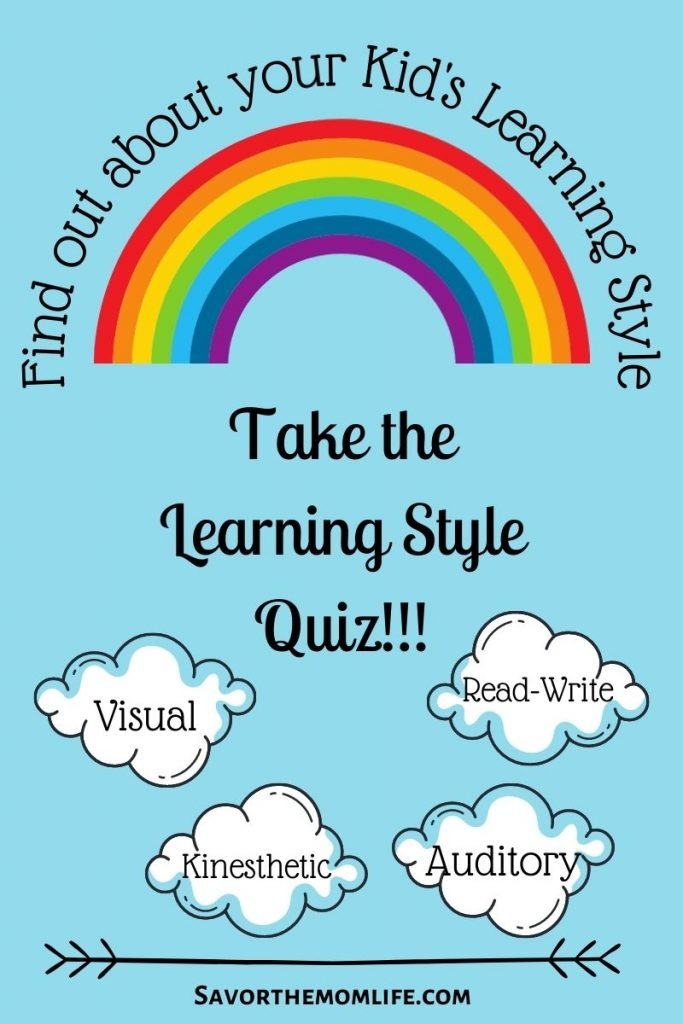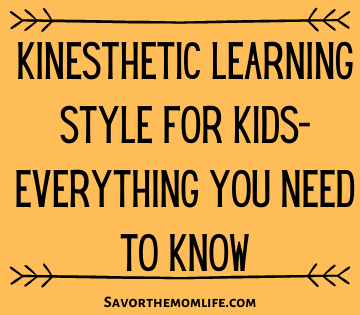
Kinesthetic Learning Style for Kids- Everything You Need to Know
We have all heard the phrase- “it takes all kinds of people to make the world go round.” Everyone is different- be it nature or nurture so it goes without saying that the way we all learn and process information will be different as well. Here I will be highlighting the Kinesthetic Learning Style. It is one of 4 from Neil Fleming’s VARK Learning Style Model. The other 3 learning styles are Visual, Auditory, and Reading/ Writing Learners. If you haven’t already taken my quiz to see what kind of learner your kid falls into- Take the Learning Style for Kids Quiz here and come back to read more! Kinesthetic Learning Style for Kids- Everything You Need to Know will help you think of some creative ways to use their learning style to help them learn better!
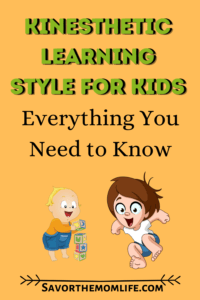
I have been or can be if you click on a link and make a purchase, compensated via a cash payment, gift, or something else of value for writing this post. Regardless, I only recommend products or services I use personally and believe will be good for my readers. Please read my full disclosure for more information.
What is a Kinesthetic Learner?
Kinesthetic Learners depend heavily on experiencing things with all 5 senses. They glean knowledge best from using trial and error or experimenting. Kinesthetic learners tend to be very physical and learn through doing things. They like to move a lot when absorbing information. Tactile learners also fall into this category- this means they like to work with their hands.
These kids tend to be dancers, athletes, trades people, etc.
If your kiddo doesn’t fit the Kinesthetic Learning style when you take the quiz it doesn’t mean they can’t benefit from using these techniques to learn!
Kids who learn best in this style need their interest grabbed using big gross motor movements, nature experiences, crafty creations, and science experiments. These learners tend to struggle with traditional learning settings- sitting still, listening, reading, and writing.
Some of the benefits kids get from being Kinesthetic Learners include but are not limited to:
- Quick Reaction Time
- Excellent Experimenters
- High Energy
- Good Hand-Eye Coordination
- Increased Muscle Memory
Some of the Strategies for Kinesthetic Learners include but are not limited to:
- Frequent Breaks
- Listen to Music
- Chew Gum
- Teaching Others
Where and When can you Create Kinesthetic Learning Experiences for your Kid?
Parenting is all about being flexible and creative. Here are some ideas to help you teach and parent your Kinesthetic Learner. You should take these learning style ideas into consideration for your Kinesthetic Learner:
- when teaching life skills at home
- gathering learning toys and busy box supplies
- planning learning centers, small groups, and assessments
- teaching new skills and review old ones
- helping with homework and memorization
Life Skills
The important thing to remember here is that they learn by doing, and not by how many times you tell them to do something. You will have to model, get them to try, and try again. And most importantly be patient while they are doing that trial and error learning.
The bonus here is the fact that Kinesthetic learners are so in tune with the physical sense of their bodies some things like potty training, teeth brushing, and shoe tying might some a little easier. Just remember that your role is patience while they DO it.
You can talk to them about imagining themselves taking the steps to complete a task. You draw or have them draw pictures of the steps to follow. Taking photos of them actually doing things can also help.
- Songs and dances to remember your address and phone number. Check out How to Quickly Get Your Kids to Learn Your Phone Number.
- Talking through the steps of bedtime. Getting them to imagine themselves going through the process. Then modeling it for you.
- Take photos of you tying your shoes and post them where your kinesthetic learner can see and copy the motions.
- Have your kiddos draw pictures to show what the expected morning routine is that you want them to follow.
Educational Skills
Remember these learners don’t do well with traditional type schooling techniques like sitting still, listening to directions, and writing. You need to change up the way you teach and use novelty to keep them on their toes. Use lots of breaks to also achieve this effect.
- Movements and Dancing are great to pair with things like letters, letter sounds, sight words, math facts, etc.
- Bouncing or passing a ball when practicing or memorizing.
- Using manipulatives or concrete learning tools that they can touch and manipulate to help them learn the skill is very important.
- Have them be a model for others while practicing a new skill.
- Use photos and drawings made by them!
- Listening to music can help keep them engaged during a process.
- Sometimes chewing gum, using a fidget spinner it pacing when they need to focus on something in an auditory way can help.
Why Does Thinking About Your Child’s Learning Style Help with Parenting/ Teaching?
We all want the best for our children. Learning skills better and faster happens when kids enjoy what they are doing! Think about a learning style like a language. If someone tried to teach you something in a language you are unfamiliar with it’s just not gonna be easy or fun. If you know that your child has a preferred learning style you can help them make learning more fun at home and at school. You can help your child understand and use the learning language that will help them learn the best!
Most teachers are amazing and recognizing students learning styles but if they are having trouble with the school it would be great to try some of these suggestions at home, see what really works, and share with the teacher. Teachers and Parents can be an amazing team. Together you can teach your kids to use their strengths and be the best they can be!
Kinesthetic Learning Style for Kids- Everything You Need to Know is one in a series of 4 Posts. Keep a look out for- Auditory Learning Style for Kids, Visual Learning Style for Kids, and Reading Learning Style for Kids.
Kinesthetic Learning Style Affirmations
- “I love how you use your toys and tools to show what you have learned.”
- “Your (crafting, modeling, painting, building) skills are truly excellent.”
- “You have learned well from your mistakes during this experiment/ experience/ exercise.”
- “You have such a strong memory for how to move your body for this exercise/ lesson.”
- “Can you show me? Amazing!”
- “Super job modeling the steps for how to complete this task.”
Kinesthetic Ideas for Busy Boxes/ Center Play
- Manipulatives: Remember kinesthetic and tactile learners need to move, touch, and manipulate to really learn best. Using concrete objects instead of listening, writing, or reading. All my busy boxes are full of manipulatives for counting, learning letters, and more.
- Movements: You can teach movements to match letter sounds, numbers, words- the movements help with memorization. Adding some Jack Hartman videos to your busy box time would be awesome.
- Tactile: Using different mediums to practice letter, number, and shape formations will also benefit your kinesthetic learners. Tracing in sand, sequin pillow, finger paint. Constructing with manipulatives also counts!
- Music and Dance: to signal busy box playtime and clean up could help. You could add a set of jumping jacks as they move from center to center or clean up in between activities. Transition Music and Dance Songs on Youtube.
- Novelty: Changing up the theme of types of activities in the centers and busy boxes also can help keep your kinesthetic learner engaged. Busy Box Post with Master List of Theme Ideas to teach the same academic skills.
Other Kinesthetic Friendly Learning Ideas:
You May Also Like
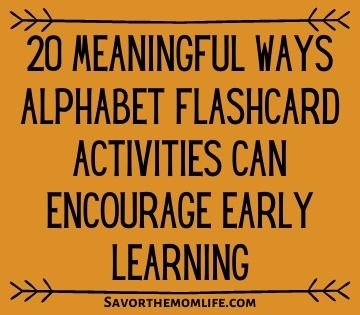
20 Meaningful Ways Alphabet Flashcard Activities can Encourage Early Learning
June 15, 2021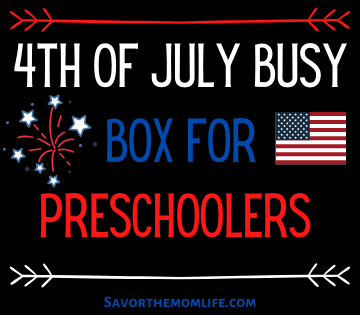
4th of July Busy Box for Preschoolers
June 18, 2020